
At birth, babies have several primitive reflexes that help them survive, such as the rooting reflex, which aids in feeding and the palmar reflex, which allows them to hold onto objects. As children grow and their brains develop, these reflexes are meant to be “turned off” as...
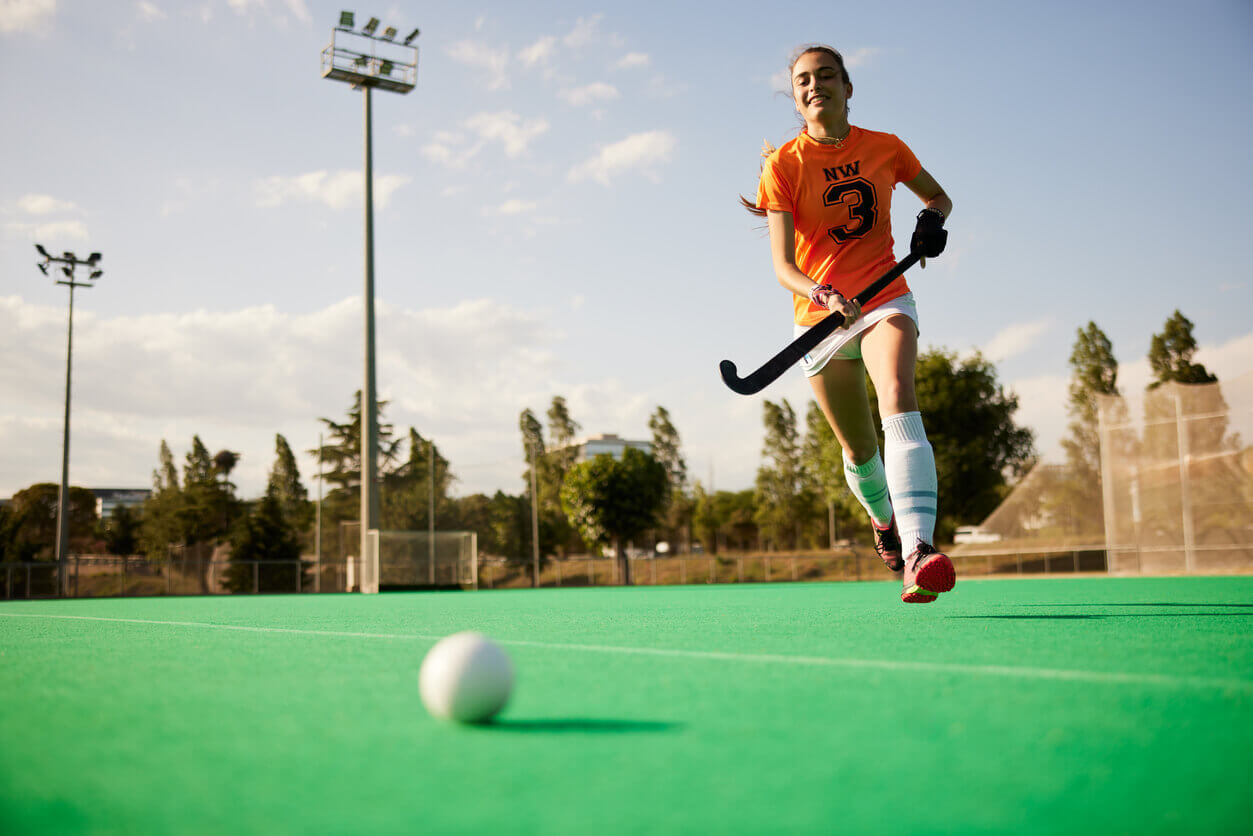
At Brainstorm Rehabilitation, we understand the challenges of sports-related head injuries. Concussions, often caused by impacts to the head, are among the most common and complex sports injuries. They can lead to headaches, dizziness, short-term memory issues, and fatigue. ...
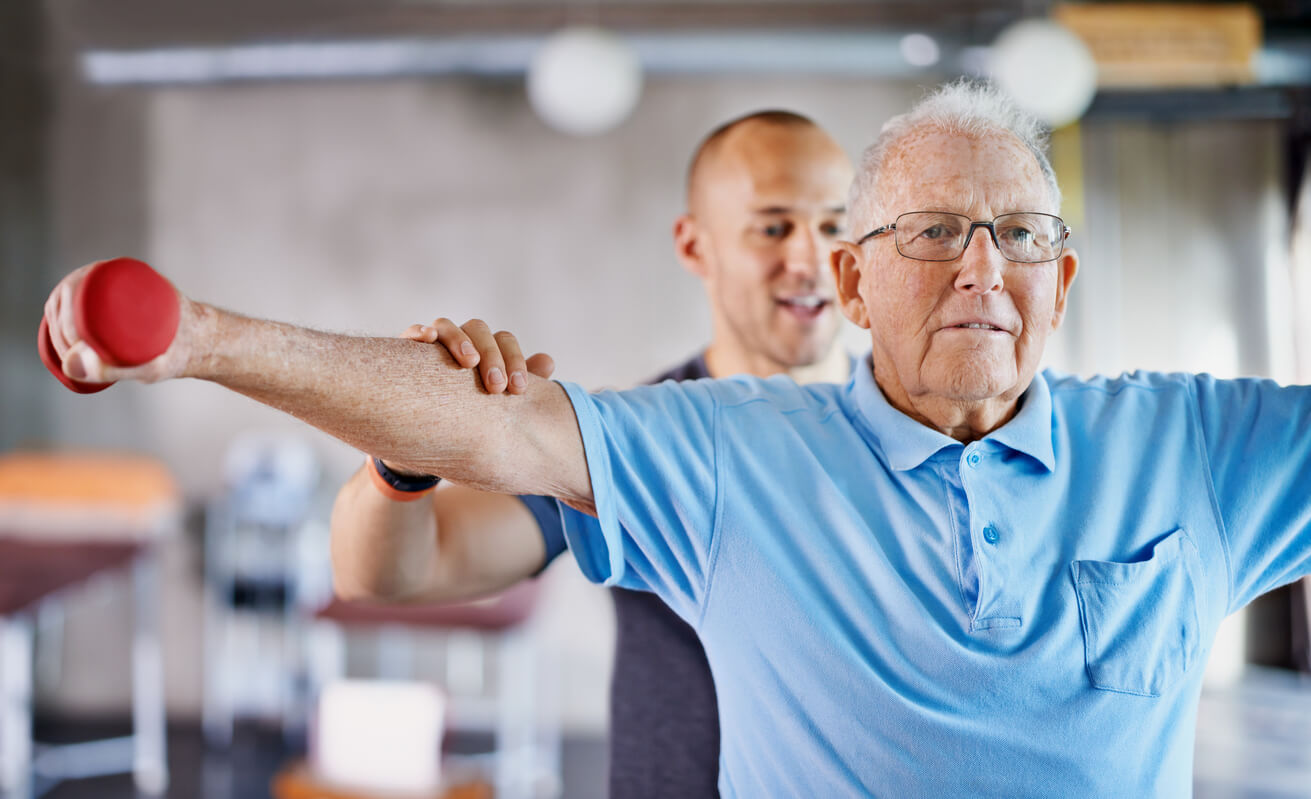
At Brainstorm Rehabilitation, we understand the profound connection between physical therapy and neurological recovery, particularly in the context of brain injury therapy. Our specialised limb and spinal exercises are vital for restoring motor function and are crucial in enhanc...

At Brainstorm Rehabilitation, we believe in a unique approach where every child can thrive, no matter their challenges. Our services are designed to build strength, improve skills, boost confidence, and help your child achieve their best. Whether your child is experiencing deve...
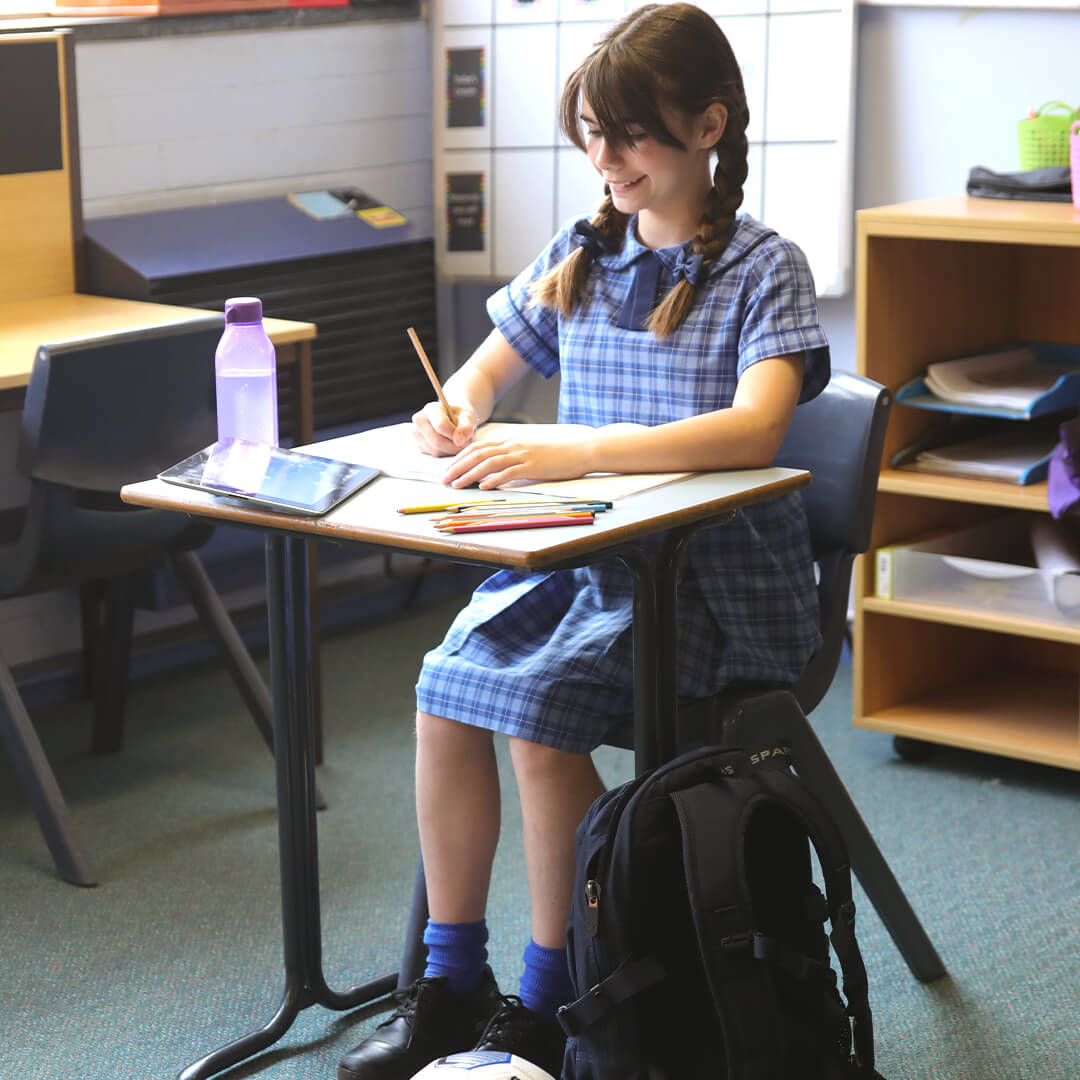
At Brainstorm Rehabilitation, we stand out with our unique approach to harnessing Neuroplasticity for Comprehensive Rehabilitation. This sets us apart as a leader in the field, ensuring that our clients receive the most effective and innovative treatments. At Brainstorm Rehabi...
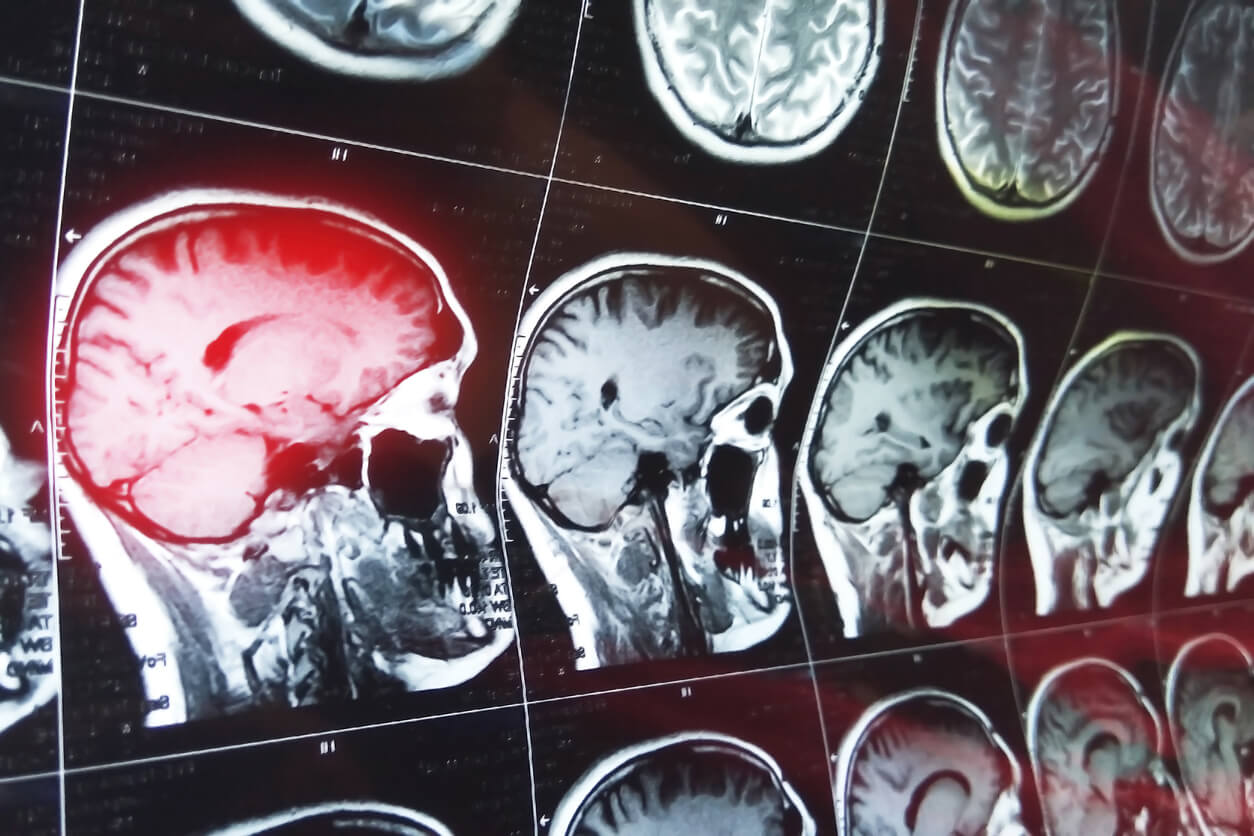
There is a growing concern in Australia and internationally about the incidence of sport-related concussions and the potential health ramifications. A concussion is a brain injury, a complex physiological process that affects the brain, induced by external forces. Trauma may be c...

The researchers in the journal Psychology of Sport & Exercise found that music can impact your effort. The athletes generated more enjoyment, and that this effect has the potential to reduce the chances of people giving up on exercise. During exercise, listening to ...
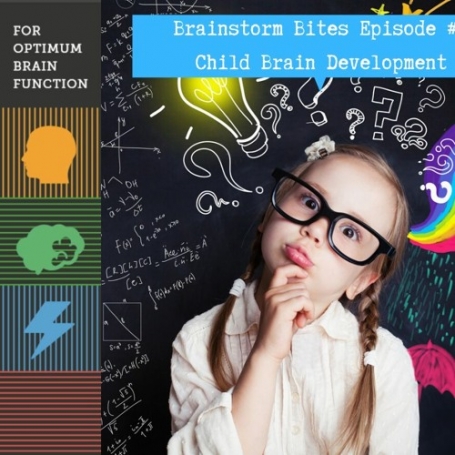
On episode #6 of Brainstorm Bites, we look further into child brain development and the impact primitive reflexes (PR) can have on brain development if they are retained or not fully integrated during the first 6-12 months of life. Functions of the higher centres includin...
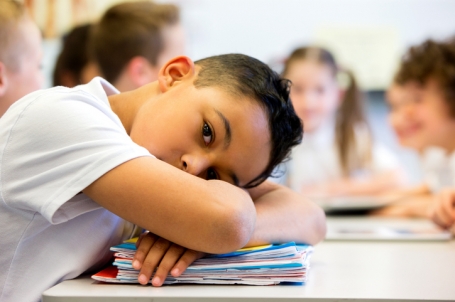
If you talk to parents who have kids with learning and behavioural issues, the most common correlation among these children will be their sensory processing or the lack of it. While it is a common notion that a majority of children with disorders about the Autism Spectrum have ...

Painful shoulder conditions that limit movement are prevalent and are caused by injuries affecting the shoulder joint, muscles, tendons, ligaments and cartilage. Doing more movements with the arm than with any other body part is possible. The arm is such a helpful tool th...
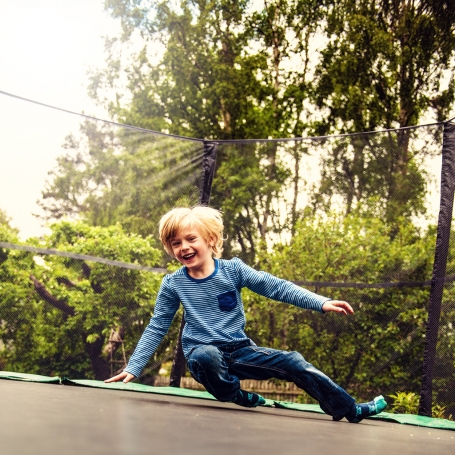
Sensory Processing Disorder (SPD) is a complex neurological condition that impairs functional and social development. Children identified with Sensory Processing Disorder (SPD) have altered interpretation of most sensory awareness. Often these children can feel overwhelmed by s...

More and more children start school with some form of developmental delay. Have you considered a school readiness program? Early brain development is one of the most important pathways to ongoing learning, behavioural competence, positive social relationships an...

Movement errors such as clumsiness and falls are common for motor control learning during development (Nicolson & Fawcett, 2007). For some children however this clumsiness extends well past the usual time period of early childhood. Coordination disorders in children are ver...

School life in today’s world has become quite hectic and tedious for kids. Successful career prospects require children to be well-learned and intelligent right from the beginning. Hard work is not only appreciated but also mandatory, or the child will be deemed a lagger, some...
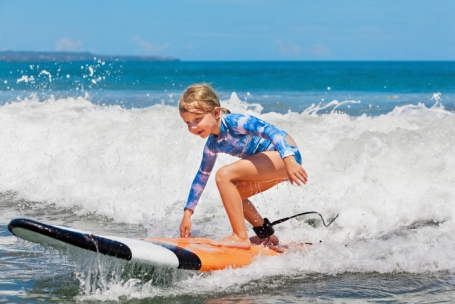
Paediatric rehabilitation is about building strength, refining function and inspiring children to increase their skills and confidence to achieve their full potential. Some therapy examples include: 1. Rest! Let your brain and body recover with rest. Yes, ...
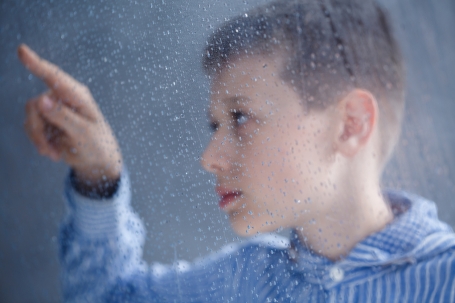
There is no single test to diagnose Autism Spectrum Disorder (ASD), previously referred to as Asperger's Syndrome. ASD is recognised as a neurodevelopmental disorder, where a child may exhibit developmental differences compared to their peers. Parents often notice these differen...

Tips to help kids learn. Learning is not simply the acquiring of a new skill. To learn, the recipient must be a good host, such that the host, like your child, is ready and prepared to learn. At Brainstorm, we attend to many children with learning challenges. We have co...
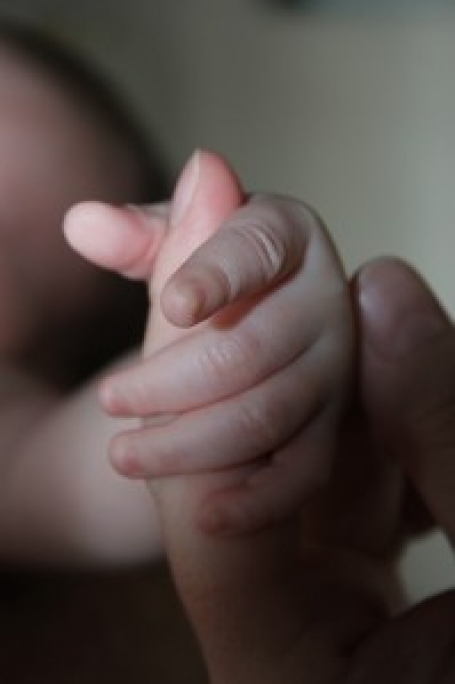
Biofeedback is a helpful way of letting your body tell you how to reduce stress responses. Many of us in the health care field have discovered the positive effects of biofeedback. This tool to enhance one’s “body awareness” can help with issues of chemical dependency, ADD/...
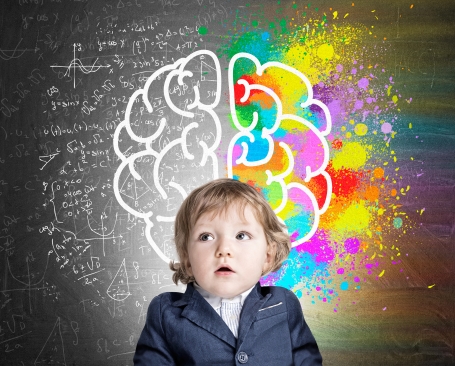
People don’t consider the development of manual dexterity like hand-eye coordination in babies to be an essential element of cognitive development. In fact, the scientific terminology itself – “motor skills” for the movement and “cognitive skills” for mental processi...
Our balance is essential. Balance information is processed in the brain and interplay with other sensory inputs. Disturbance of the balance system is very evident in some learning disorders, like Sensory Processing Disorder. What is Balance Therapy? The vestibular sys...
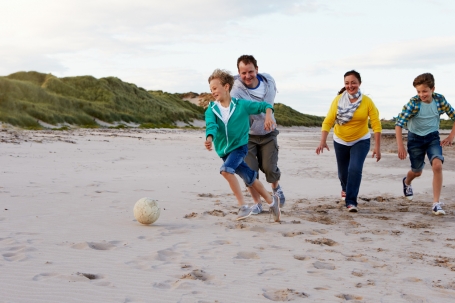
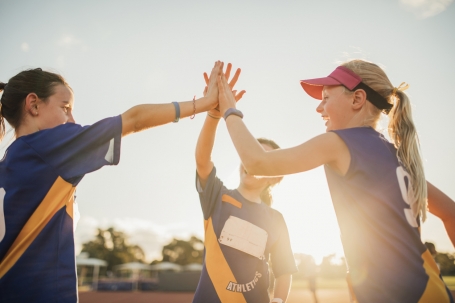
It is important for children to establish beneficial health habits at an early age, as lasting health habits are usually solidified during childhood. A 2012 article published in the Journal of Manipulative and Physiological Therapeutics says that encouraging a healthy level of p...
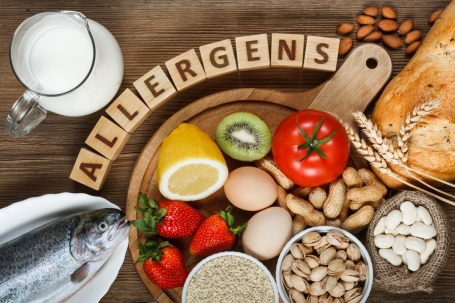
Many chronic health conditions can be triggered by unidentified and untreated food intolerance’s. If you have any of the following recurring symptoms then you may be suffering from food intolerance. Do not ignore these warning signs or your symptoms could become more severe an...
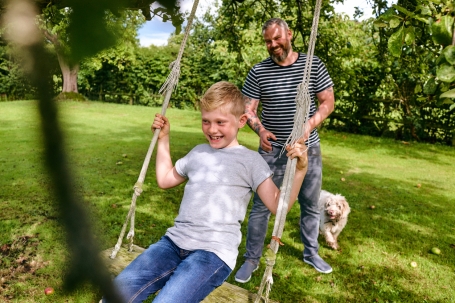
The body maintains balance by using sensory information from three systems. In other words, the brain “sees” the world through sensory input. This information may include: proprioception (relay information from feet, trunk and spine) vestibular system ...
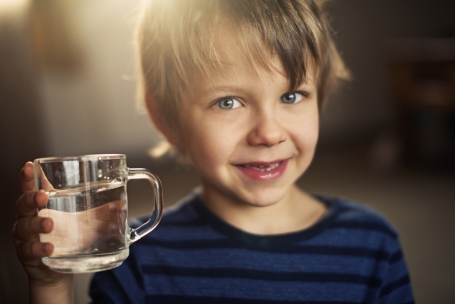
Drinking water is the best way to quench your thirst. Even better, it doesn’t come with all the sugar found in most fruit, soft, sports, and flavoured mineral waters. In New South Wales, 55% of boys and almost 40% of girls in year six drink more than one cup of soft dri...
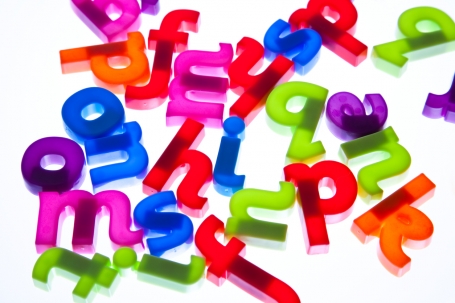
In humans, vertical or Subjective Visual Vertical (SVV) perception depends on many sensory inputs. Our spatial orientation critically depends on accurate reference to the horizontal and vertical. Perception of the vertical is provided by input from sensory pathways, including th...
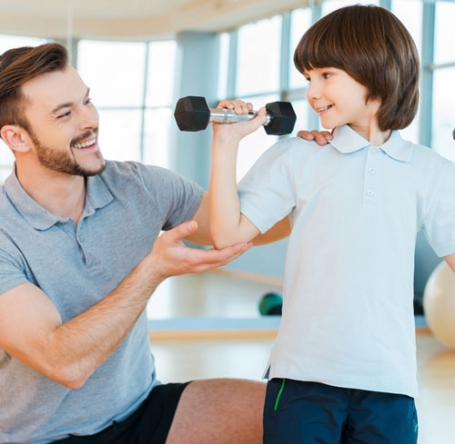
Just move and move at an early age. That is the summary of a study presented in 2012, concluding that lasting health habits are solidified during childhood. Obesity is a real concern for children. The risk of secondary health disorders like diabetes, heart problems, cognitive i...
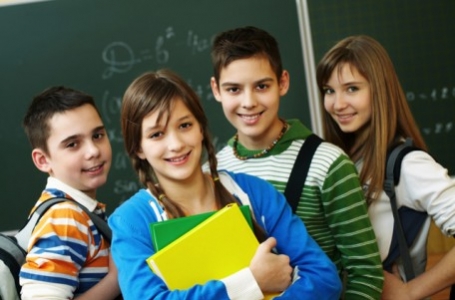
The following are common symptoms associated with dyslexia in children; The words and letters are often inappropriately inserted when reading. Often words and letters are frequently skipped or omitted. The letters and syllables of common or repetitive wor...
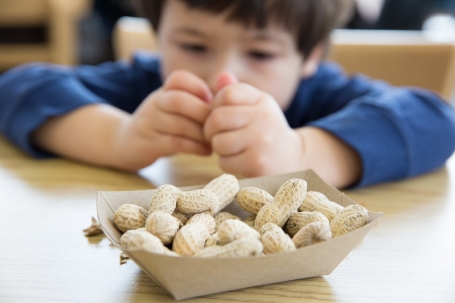
Allergies occur when an overactive immune system produces proteins called IgE antibodies against substances in the environment that are otherwise harmless — pollens, house dust mites, moulds, animal hair (dander) and in some cases, specific food proteins. A food allergy is mai...
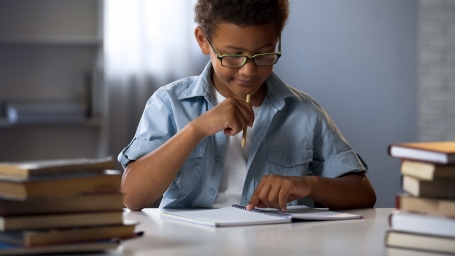
Verbal learning disabilties and impairments typically include dyslexia, dyscalculia and dysgraphia. These verbal learning disabilities can be broadly classified in functional terms. Such that dyslexia includes most disorders of reading and spelling, dyscalculia labeled as a ma...